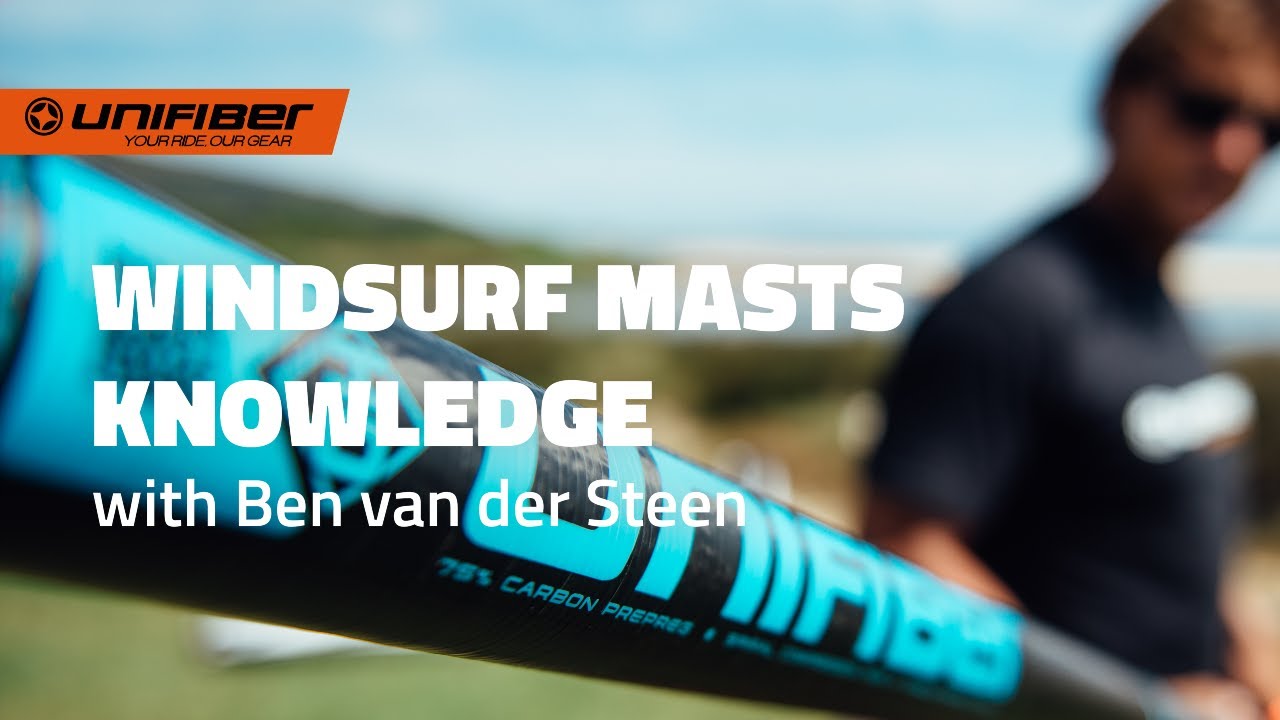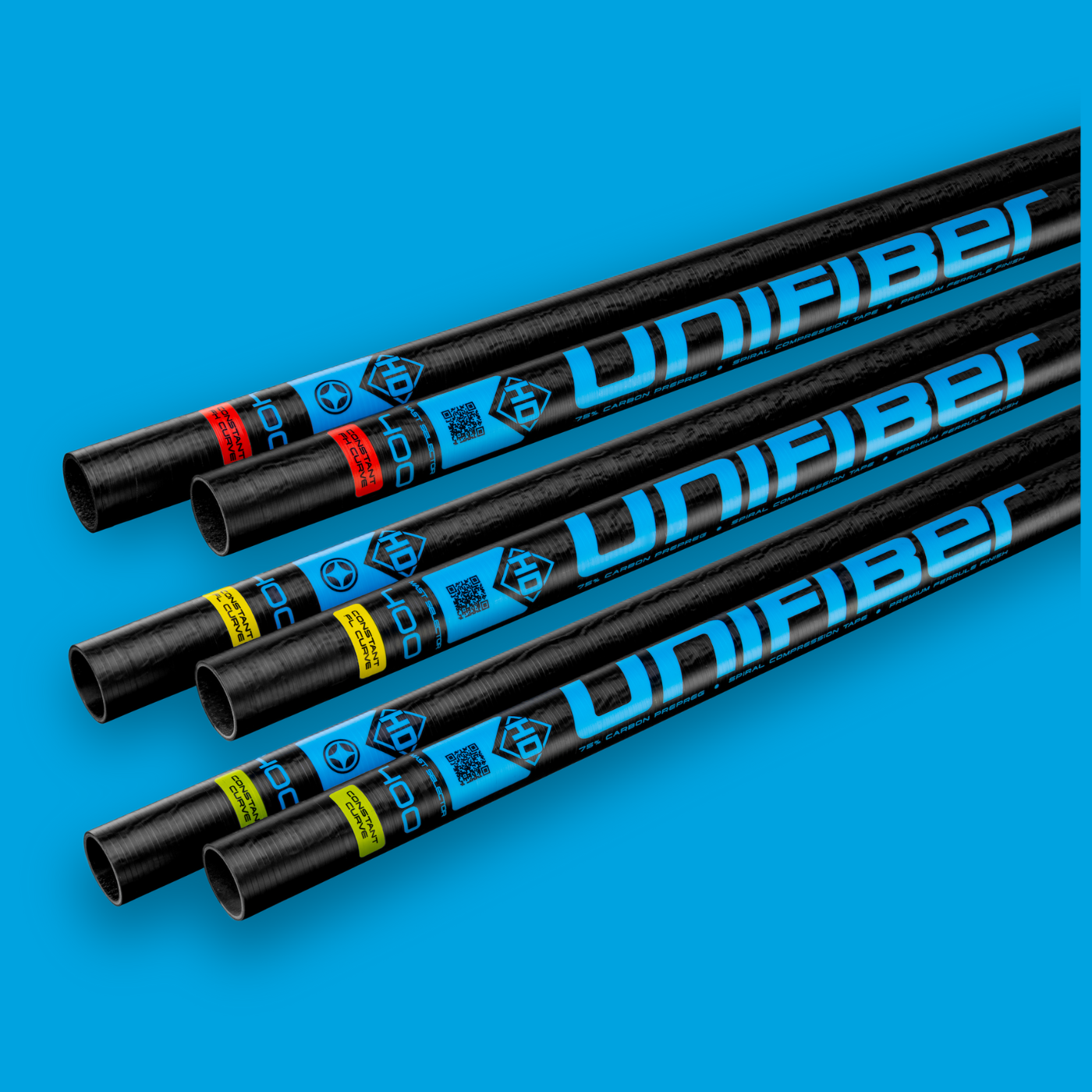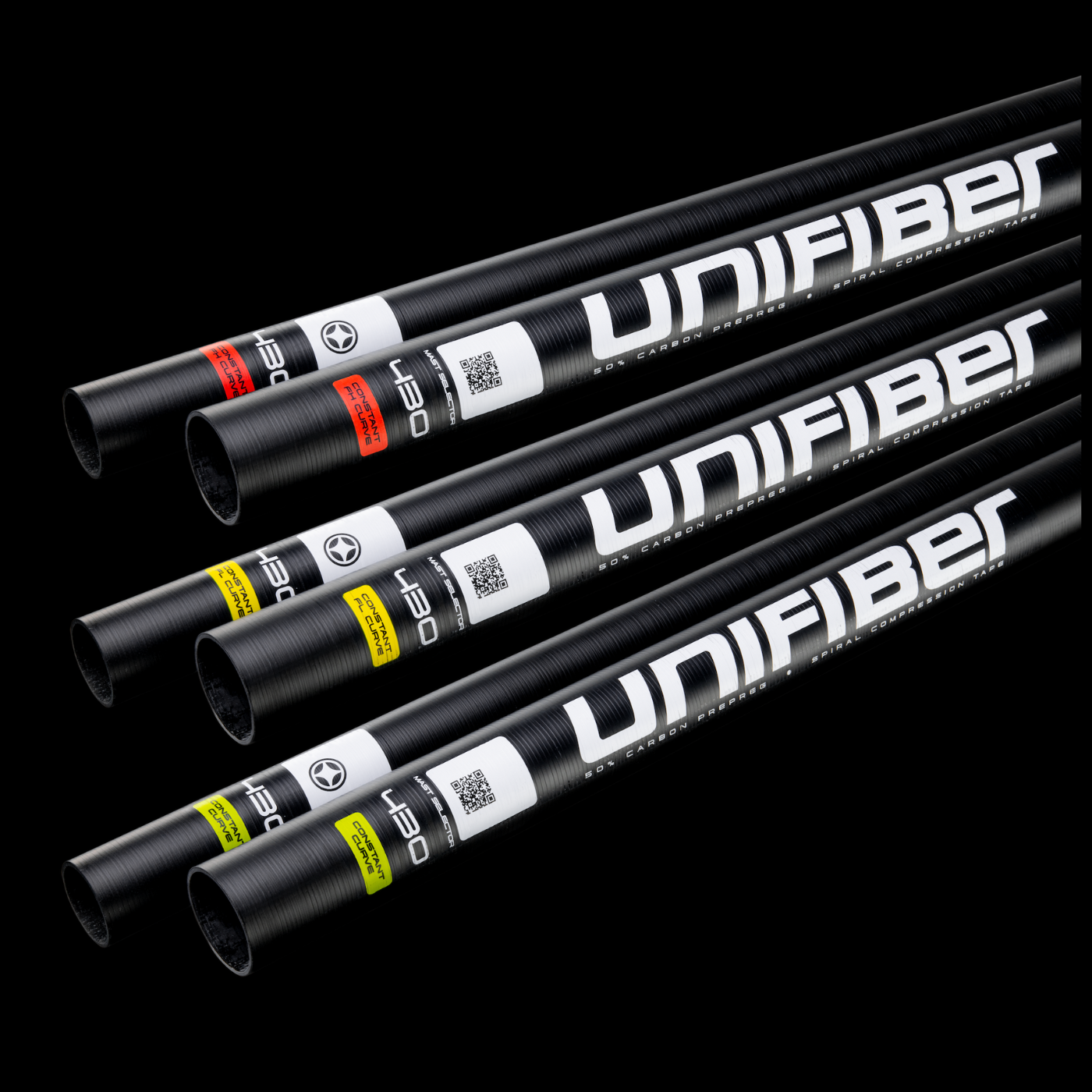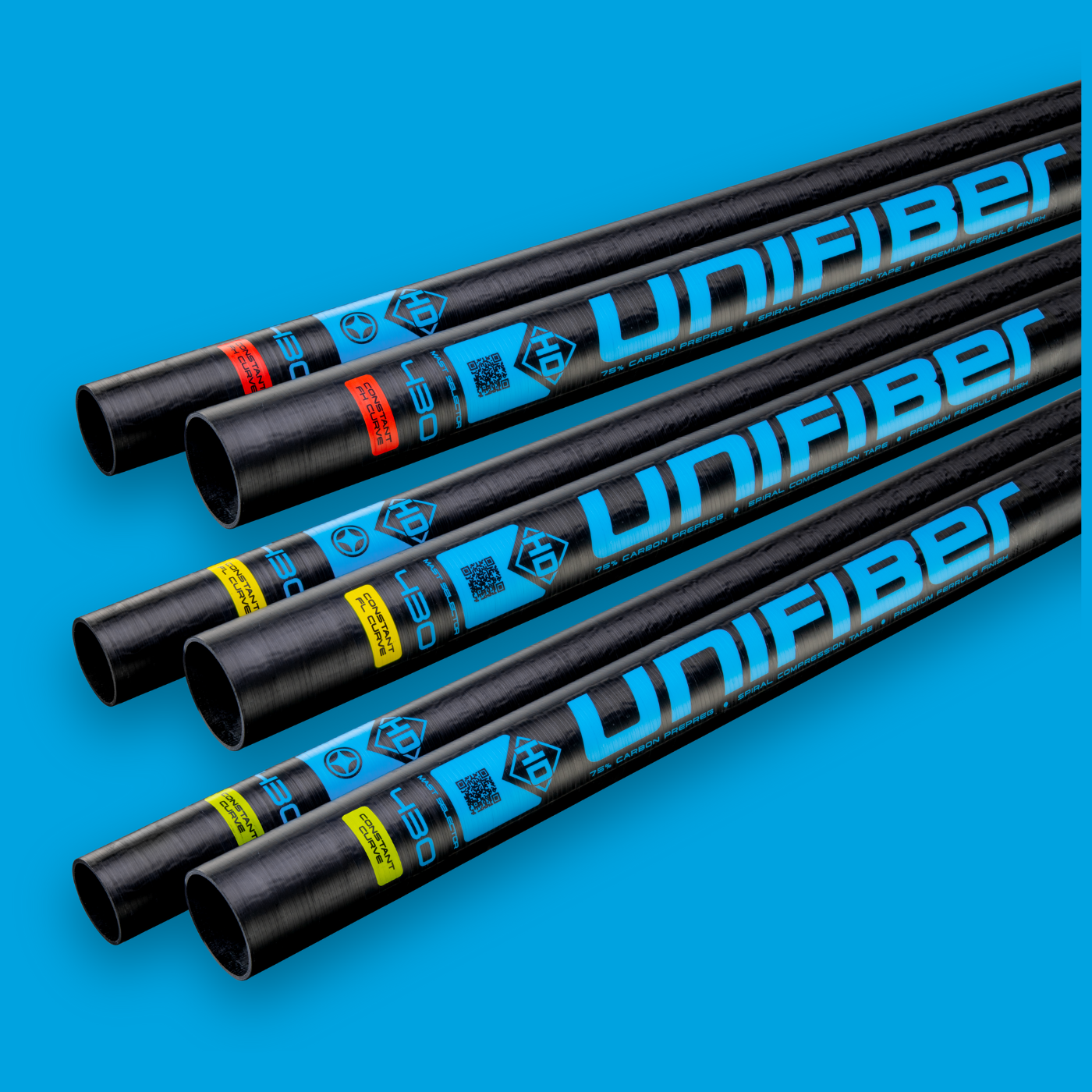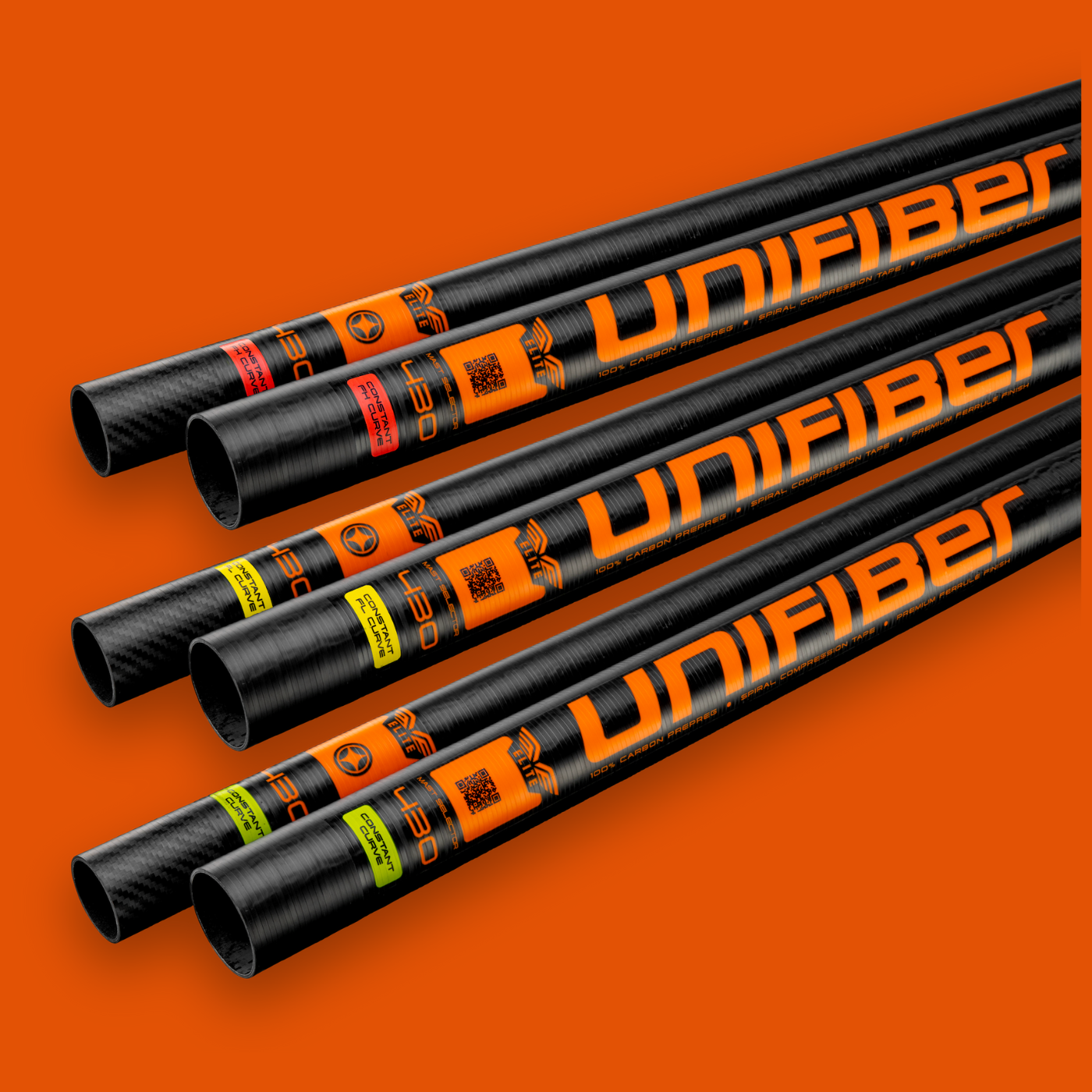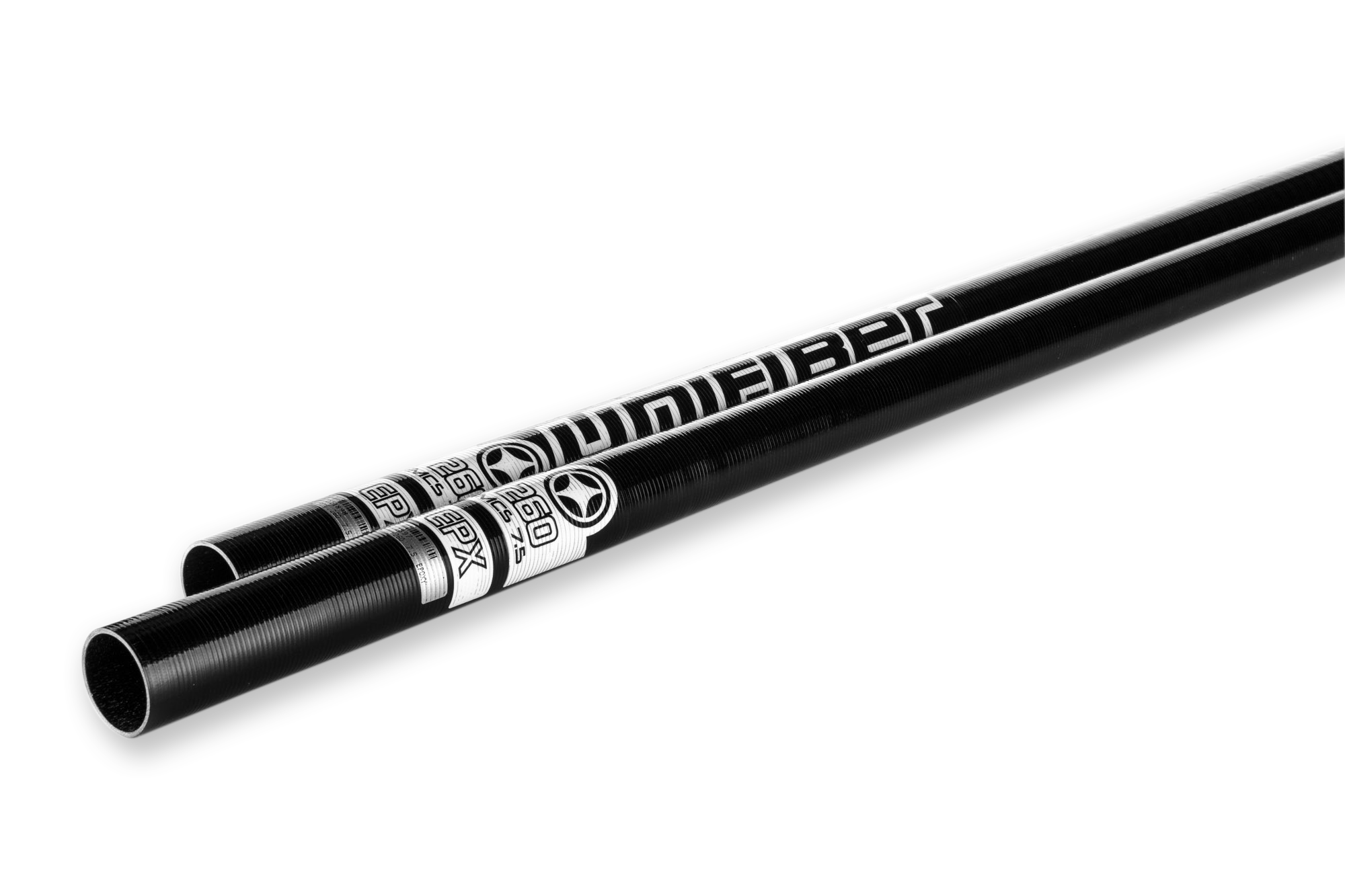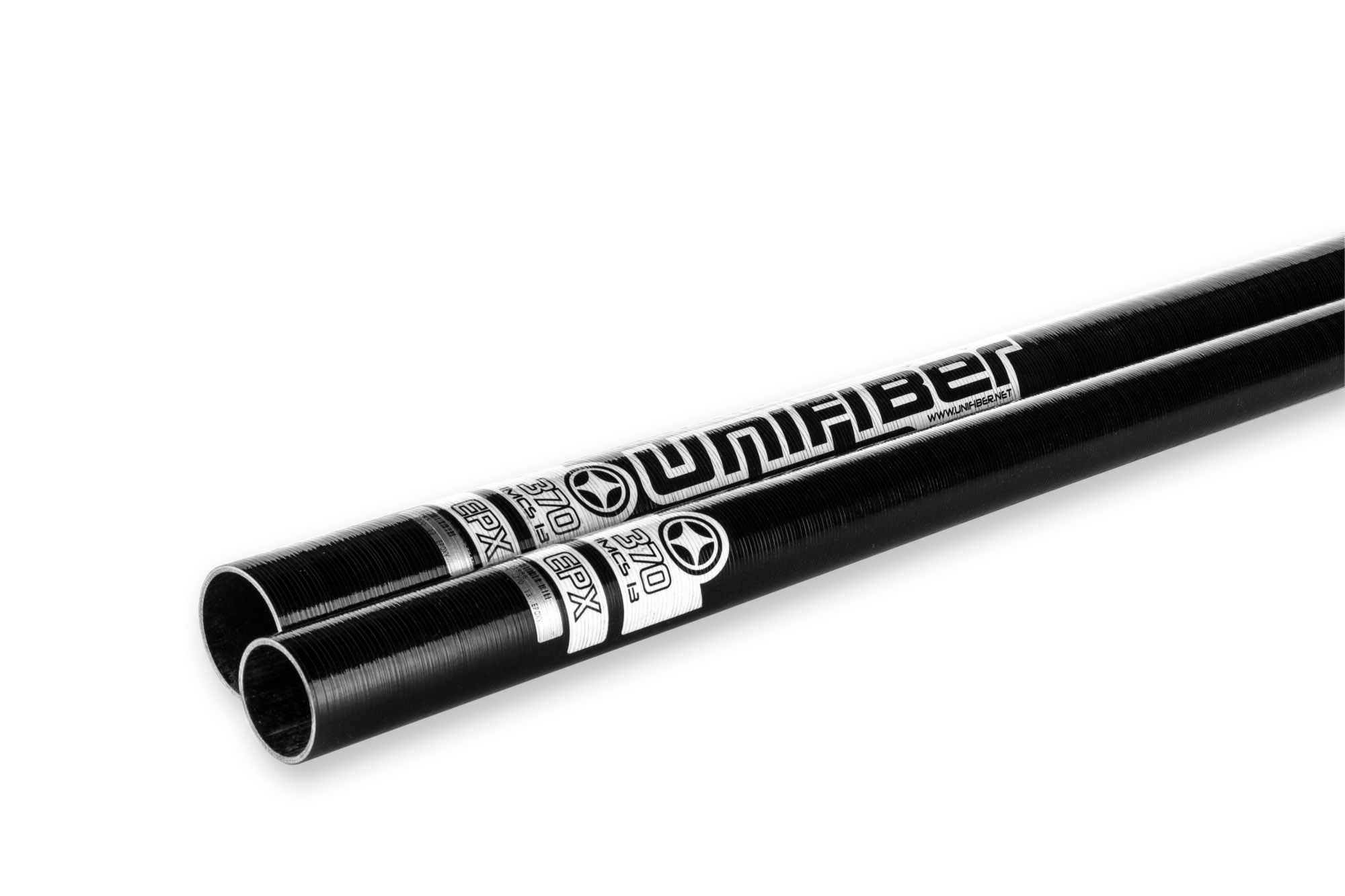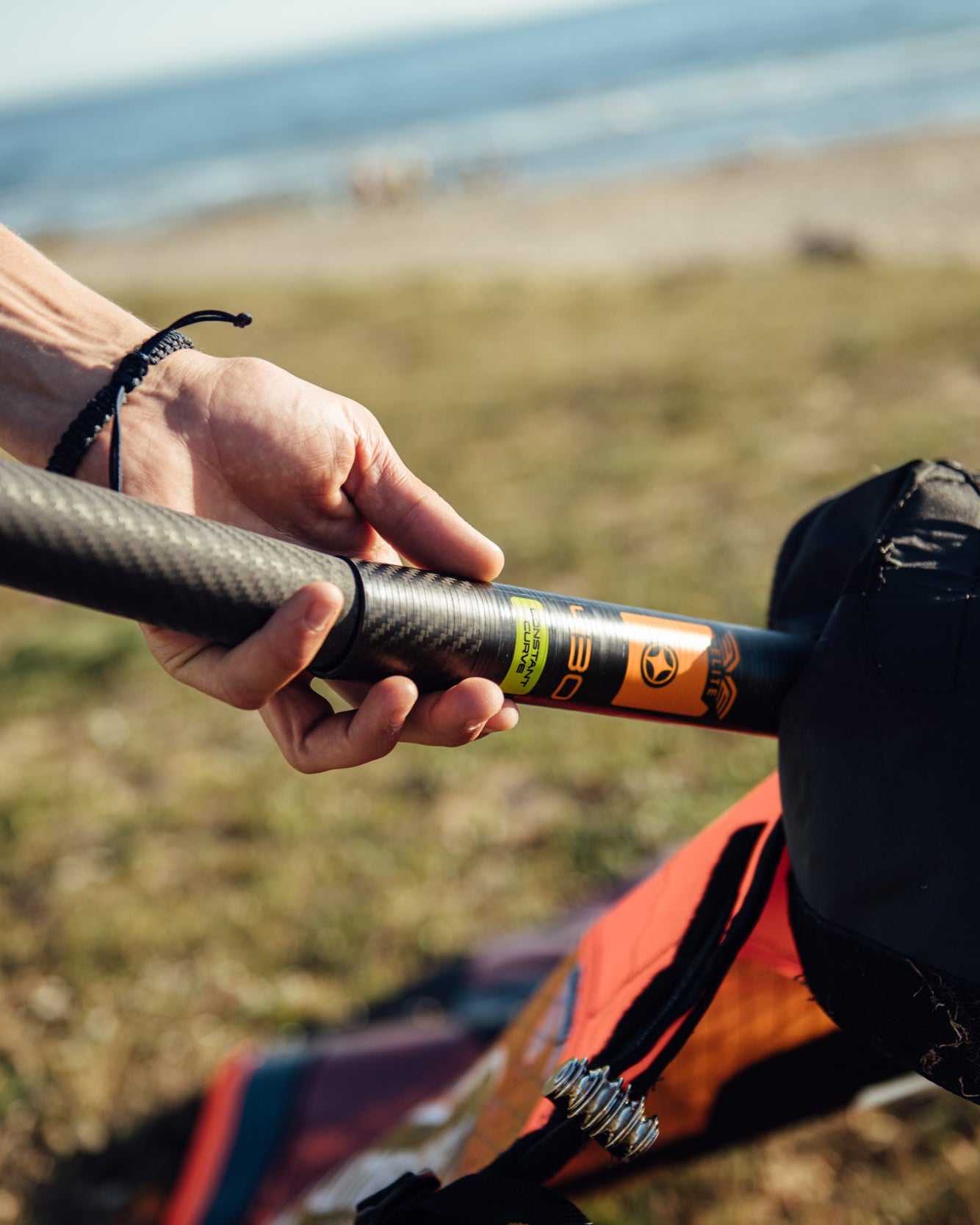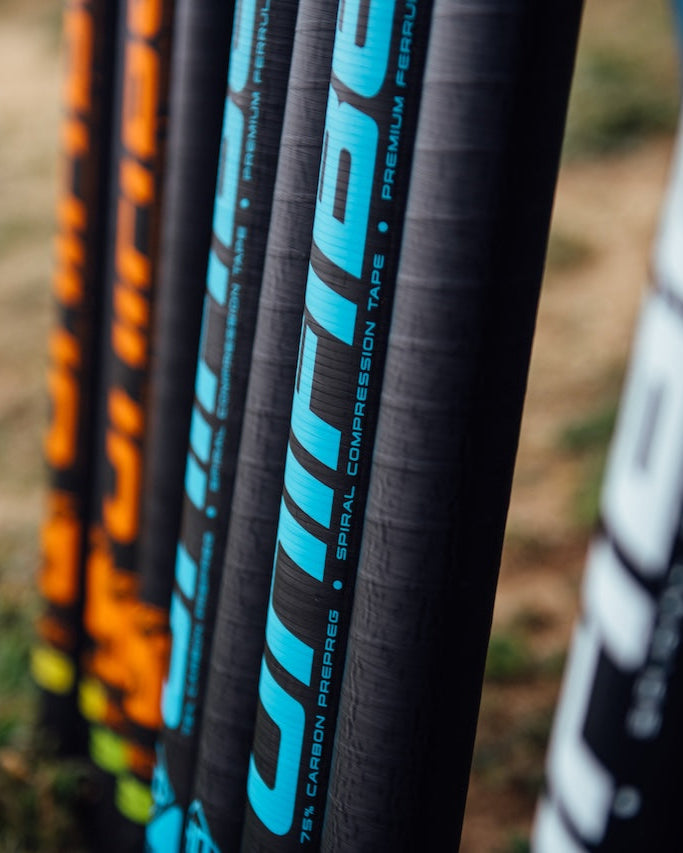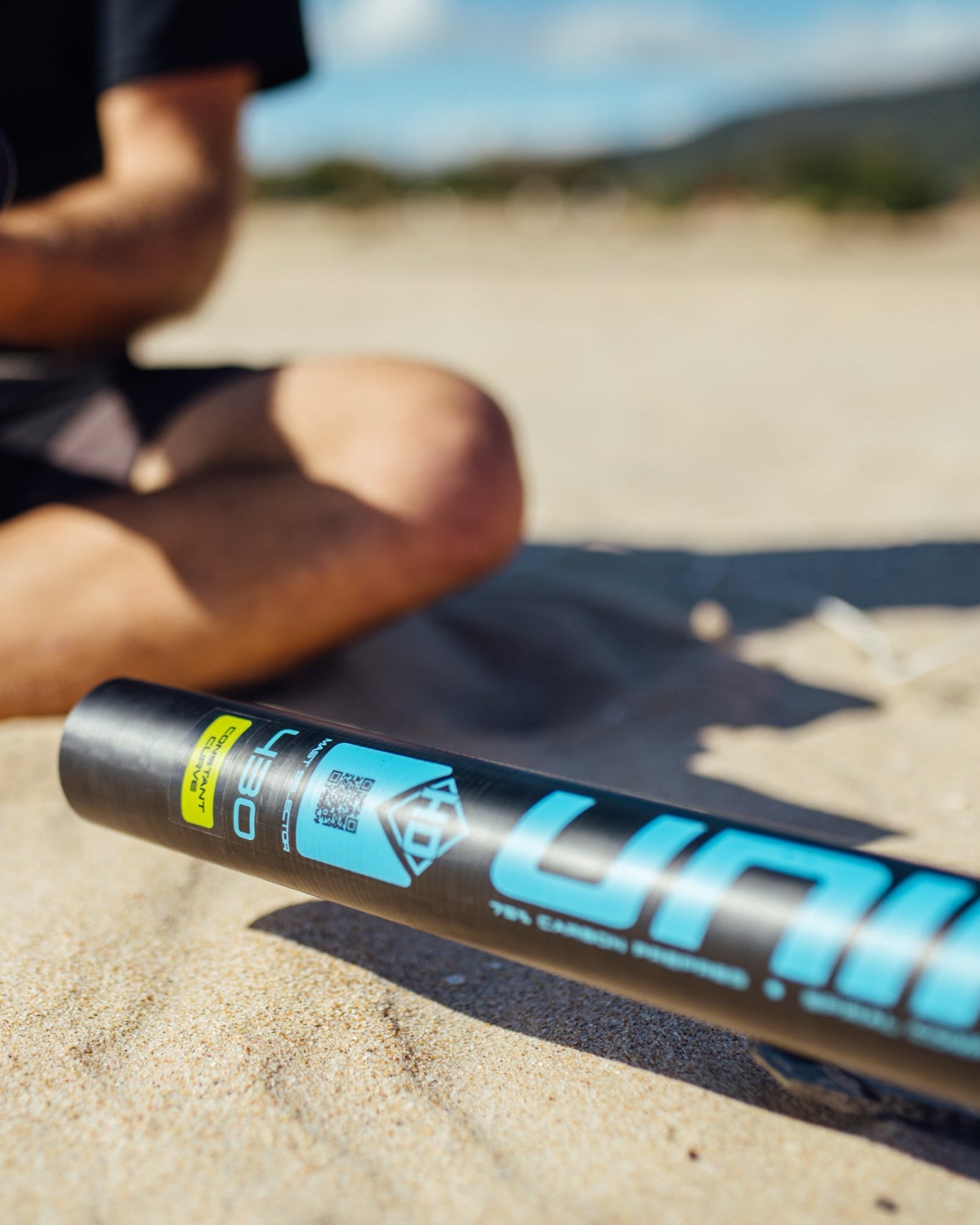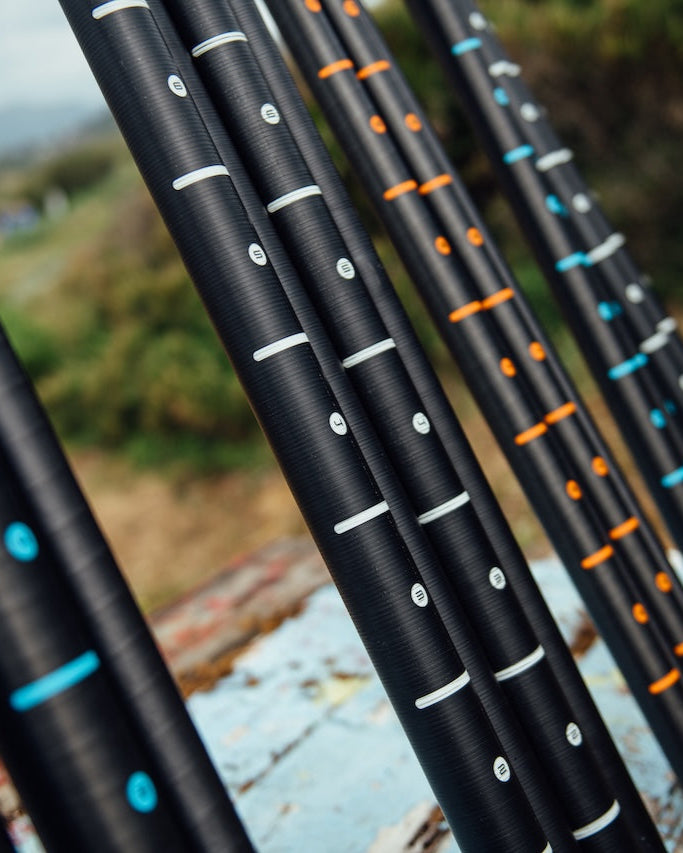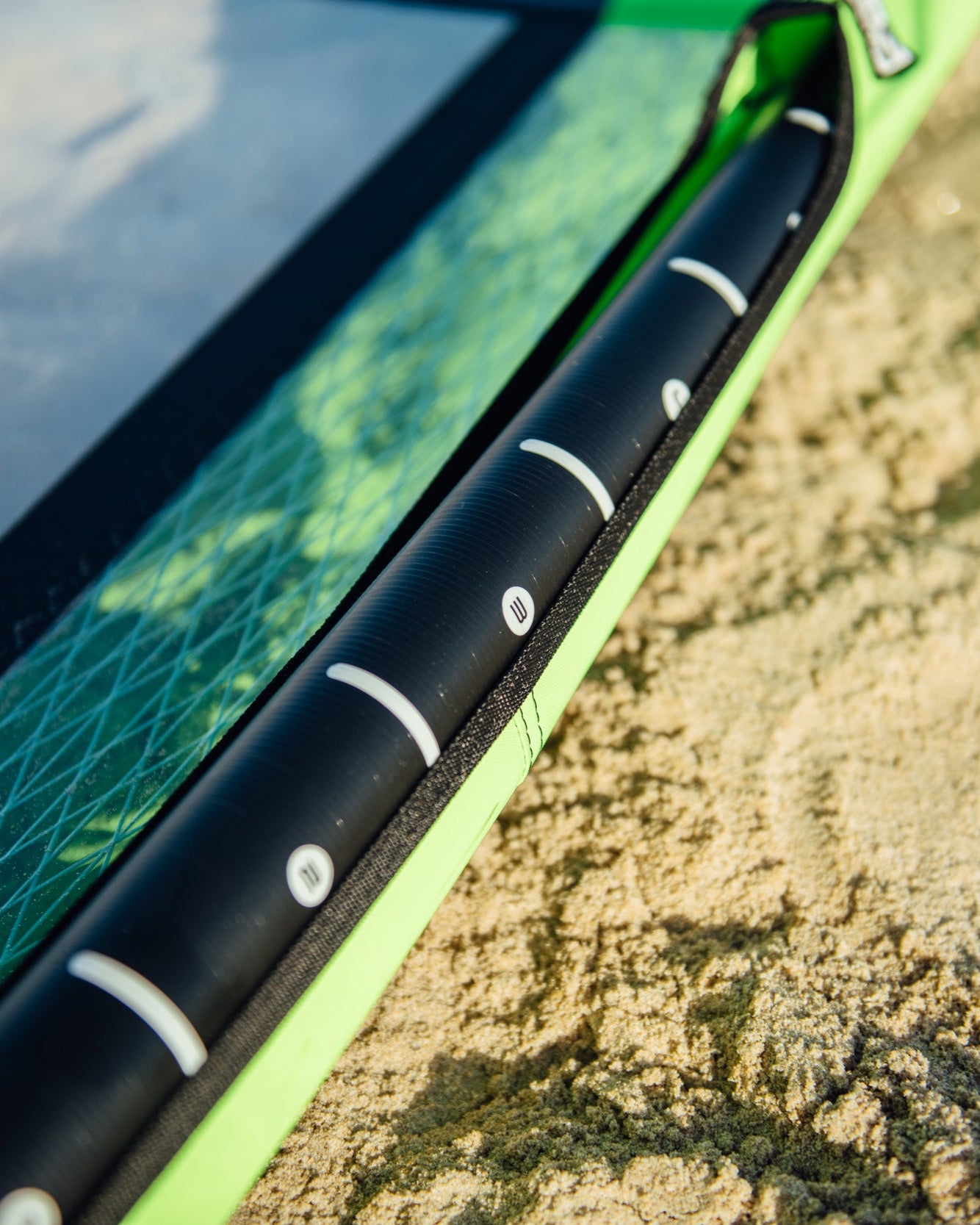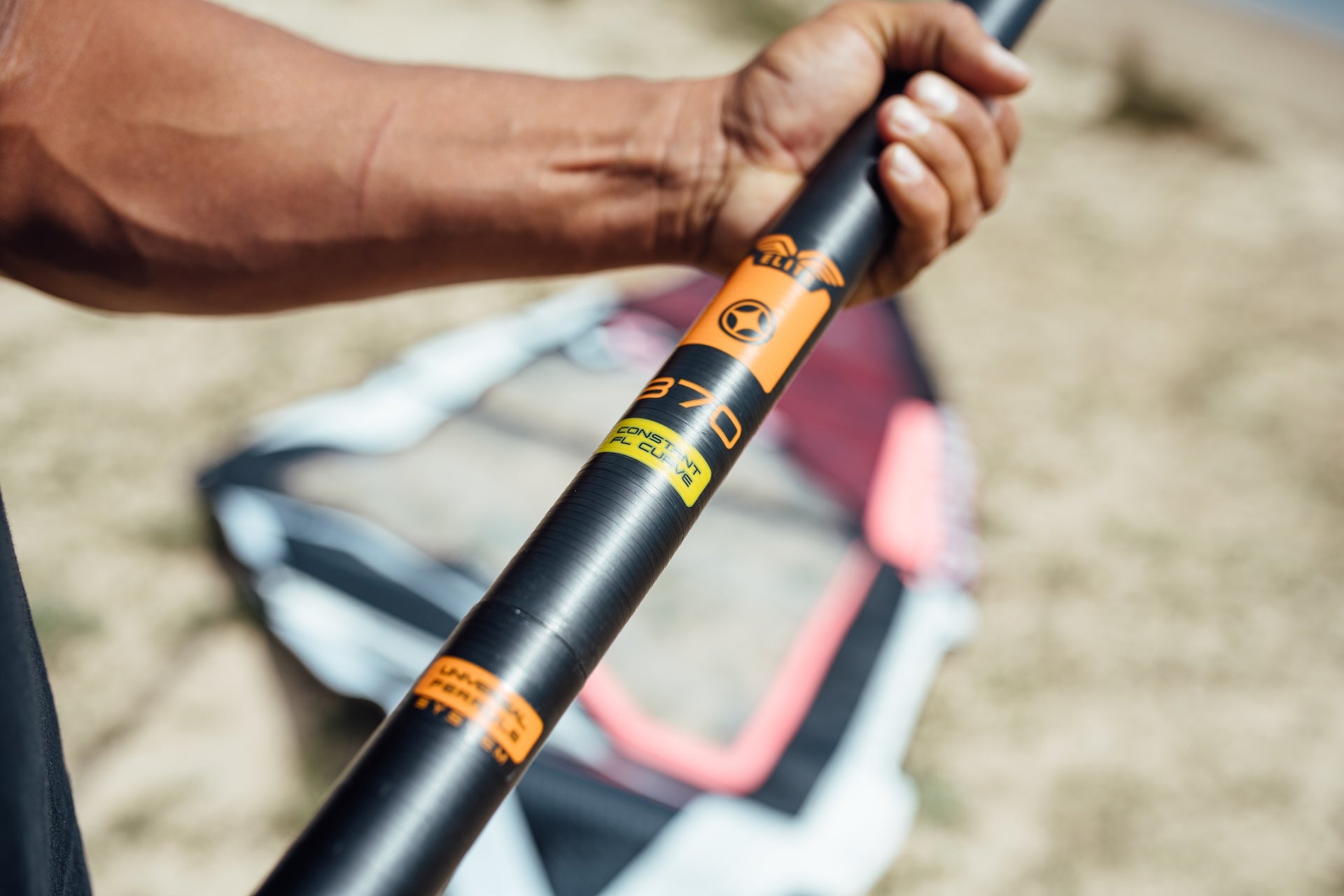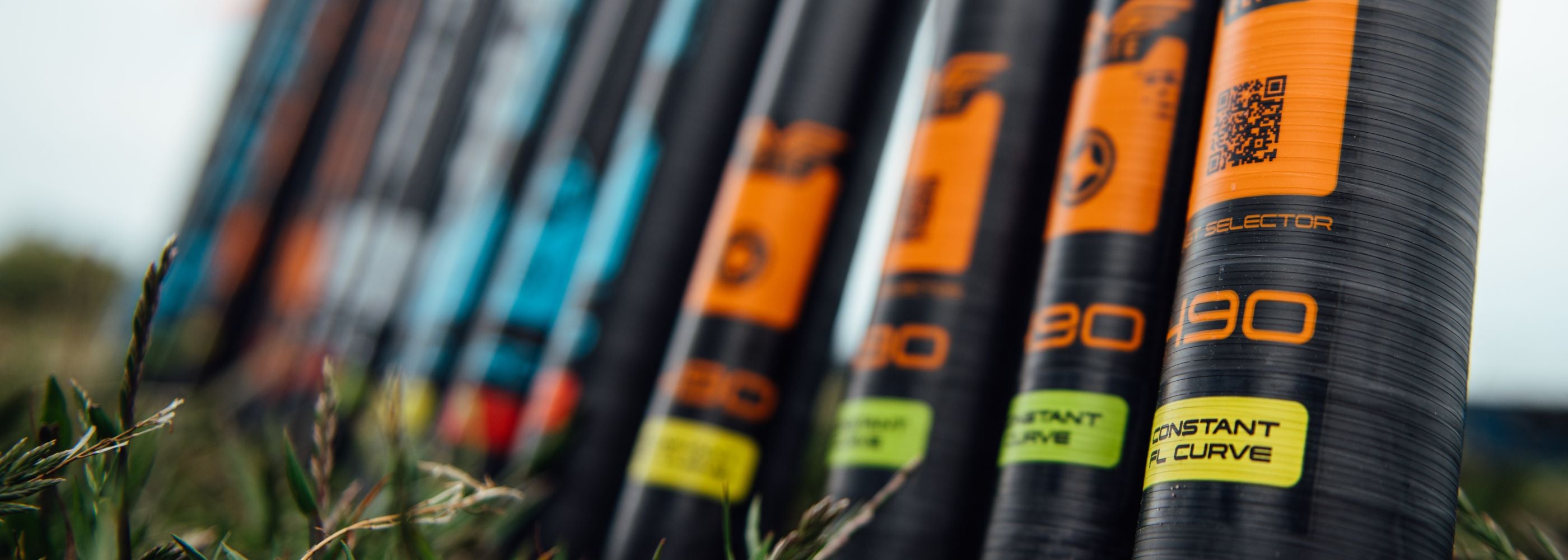Our Mast Collection
ESSENTIALS, HD, ELITE
We offer three distinct masts ranges:
- The budget-friendly Essentials 50 Mast
- The Heavy Duty 75 (HD) : perfect blend of durability and responsiveness
- The Elite C100 series 100% carbon engineered for uncompromised performance.
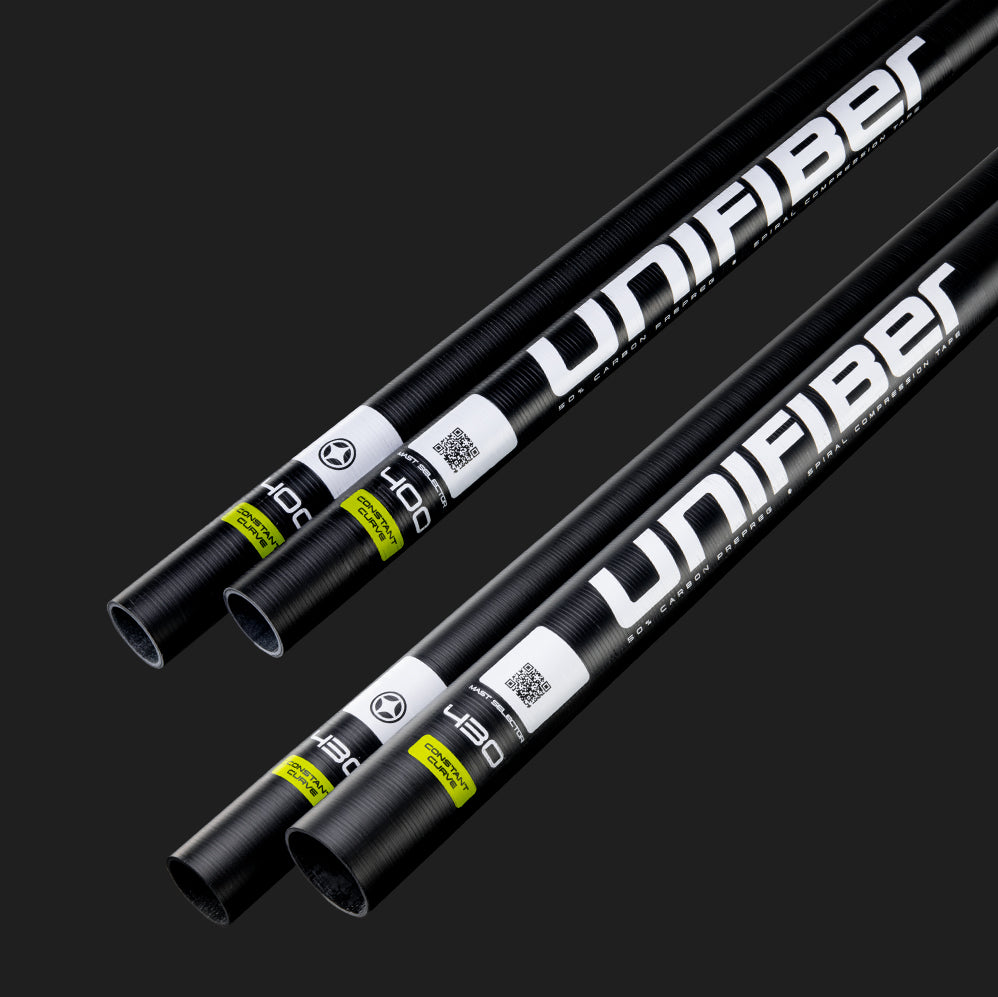
Essentials
The Unifiber Essentials C50 RDM masts offer quality performance at great value, making them ideal for recreational windsurfers and weekend warriors taking their first steps into high-end equipment
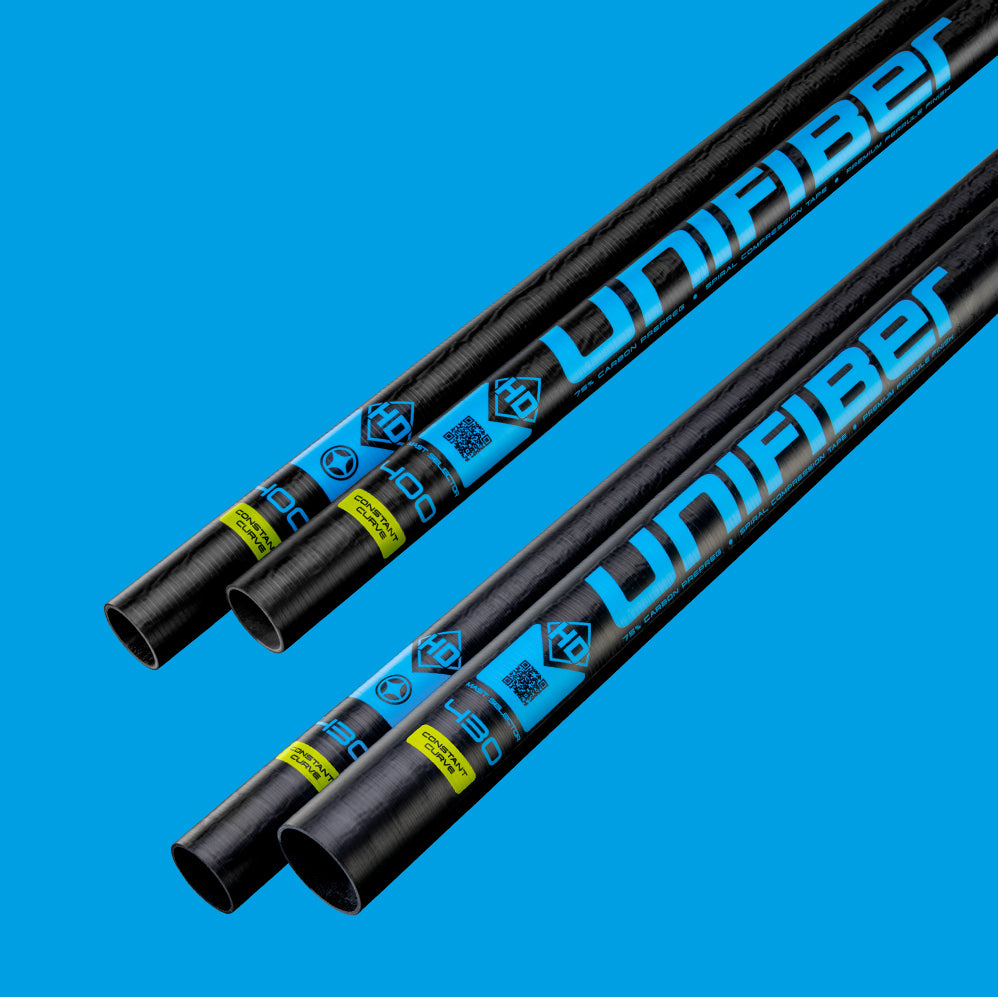
HD
The Unifiber HD C75 SDM mast range combines durability with responsive performance, perfect for wave sailors, amateur racers, and high-wind freeriders advancing their skills
Windsurfing Masts FAQs
that keeps the sail upright. However, this couldn't be further from the truth. The mast is a crucial element of your windsurfing setup, serving as the backbone of your rig. It plays a vital role in transferring forces from the sail, absorbing vibrations from the board, and responding to the sailor's input. Choosing the right mast can significantly impact your windsurfing performance and enjoyment.
Understanding Mast Specifications:
Navigating through the various mast options and technical jargon can be overwhelming, especially for beginners. To make an informed decision when purchasing a mast, it's essential to understand the key specifications and how they affect your windsurfing experience.
This FAQ aims to provide you with the necessary information to demystify mast specifications and help you pick the best mast for your needs.
What are the different types of masts for windsurfing?
When it comes to windsurfing masts, there are two main types: Standard Diameter Masts (SDM) and Reduced Diameter Masts (RDM). Here's a quick overview of each type and their key features:
Standard Diameter Masts
- Thicker diameter, typically around 48-50mm at the base
- Stiffer compared to RDM
- Ideal for larger sails
- Provides more stability and power transmission
- Compatible with a wide range of sail sizes and brands
Reduced Diameter Masts
- Thinner diameter, usually around 38-40mm at the base
- More flexible and lightweight compared to SDM
- Perfect for smaller sails
Offers improved handling and maneuverability - Enhances the sail's responsiveness and feel
Consider factors such as sail size, wind conditions, and desired performance characteristics when making your decision.
Both types have their strengths and can greatly enhance your windsurfing experience when matched correctly with the right sail.
What is IMCS in windsurfing?
IMCS mean Index Mast Check System. When loading a mast in the exact middle with 30KG considering the base and top are supported, the level of deflection is considered as the stiffness of the mast.
- The less a mast will deflect, the less it will bend. IMCS values are mostly pegged given a certain mast size, but sometimes are +/-1 point more or less. Important to understand is that IMCS should not be confused with Bend Curve.
- IMCS has more to do with responsiveness and has little to do with the way how a sail will shape up when rigged while Bend Curve influences the shape of the sail.
Which sail brands use Constant Curve masts ?
Severne, Naish, Gun Sails, NeilPryde, RRD, Sailworks, Aerotech
Which sail brands use Constant FL masts?
Duotone, North Sails, Challenger Sails, Ezzy Sails
Which brands use FH Curve masts ?
Goya Sails, Hot Sails
Disclaimer
We closely follow the activity of the major windsurf brands to ensure that our masts offer an ideal match for most current sails. However, the precision required for mast testing, as well as the different machines that are used worldwide, do inevitably lead to subtle variation in reported measurements. We cannot, therefore, be held accountable for compatibility issues that may arise from the use of specific products or models, or from the misinterpretation of our mast selecor
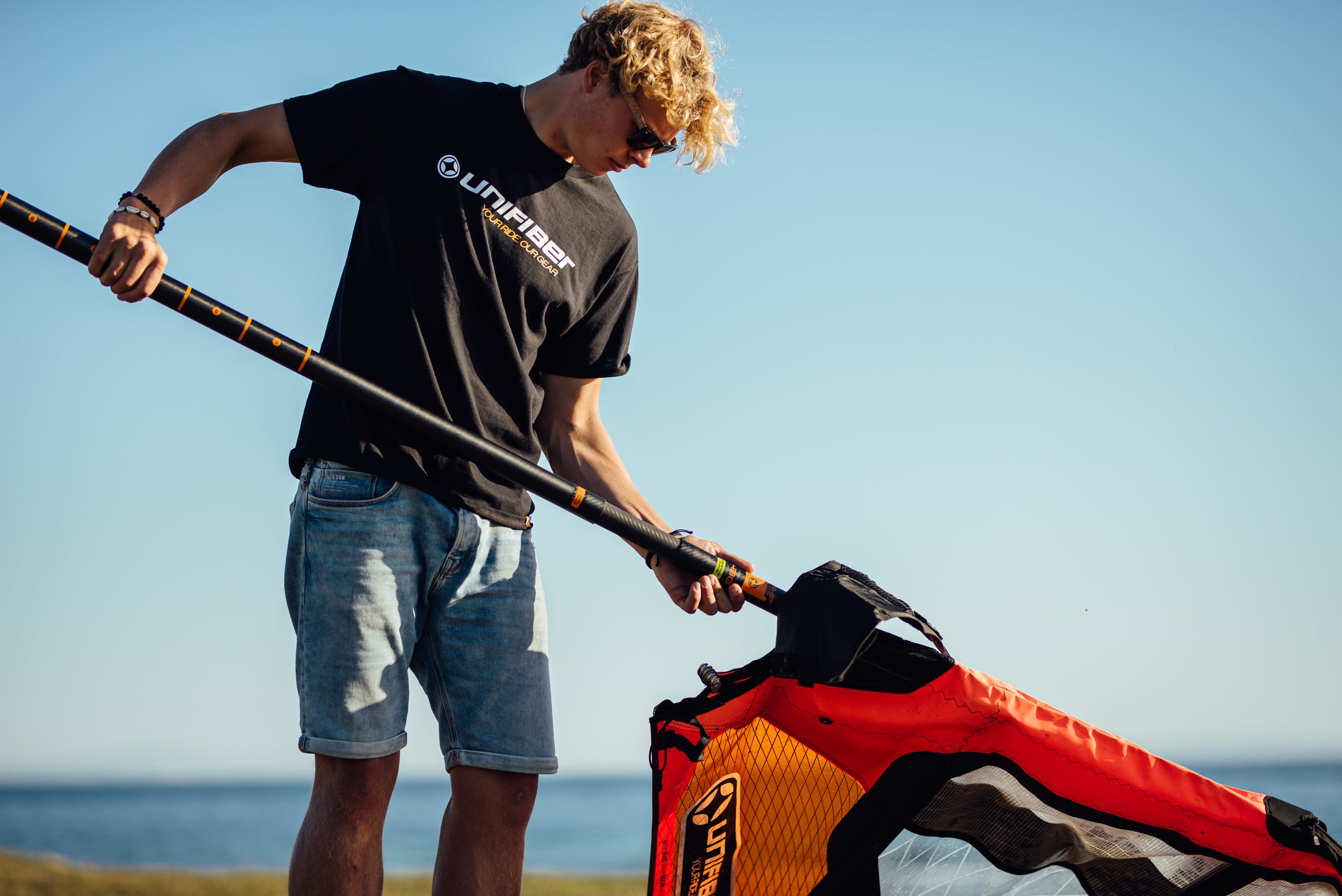
Universal Ferrule System
In 2021 Unifiber introduced the Universal Ferrule System. All Unifiber masts now have identical ferrules (the part that connects the two mast halves), regardless of size, bend curve or carbon content.
